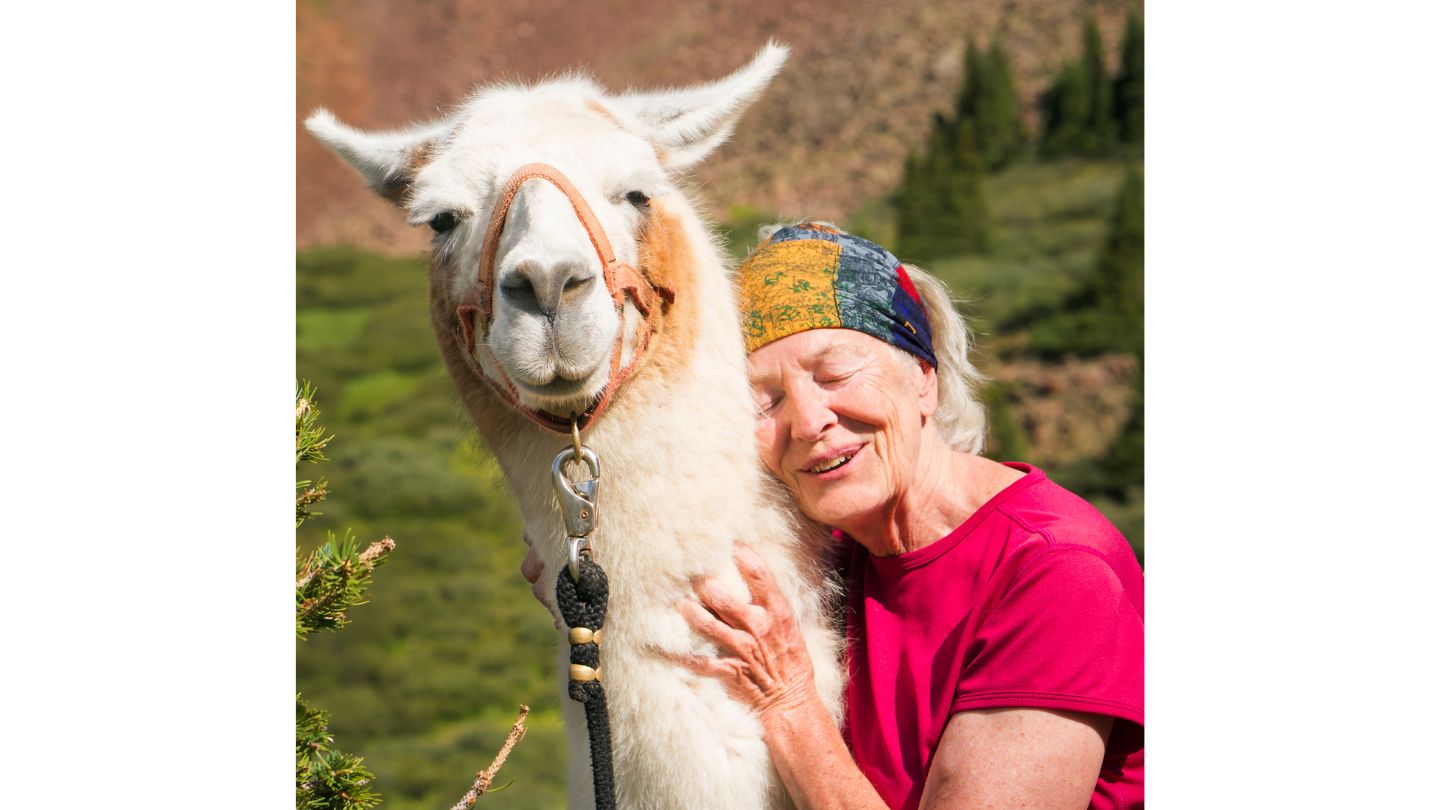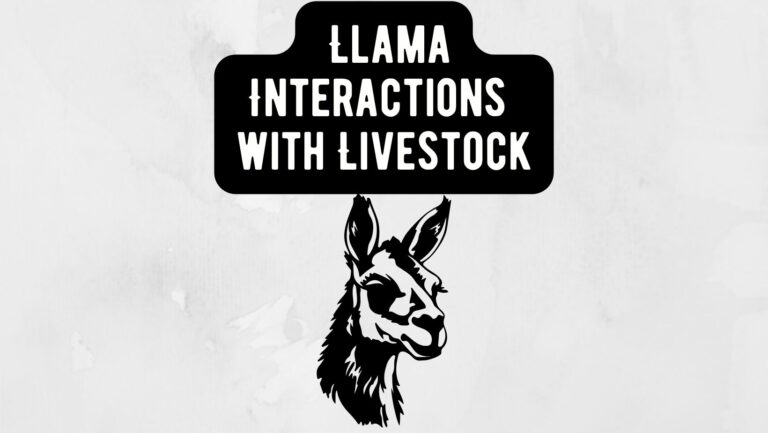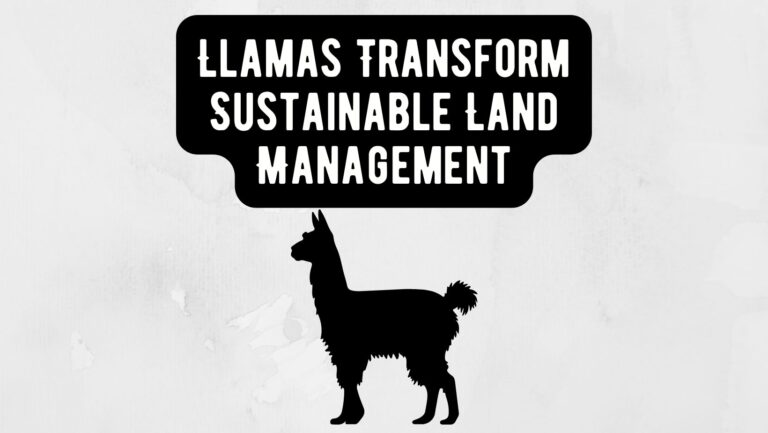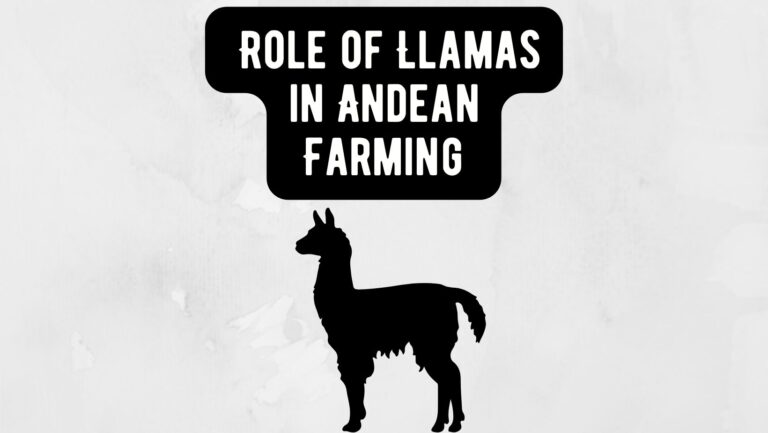
What Sound Does A Llama And Alpaca Make? Have you ever heard a llama or alpaca? If not, then you’re in for a real treat! Both animals produce some of the cutest and most unusual sounds you’ll ever hear. Not only are they fun to listen to, but they can also help you identify when they’re happy, scared, or angry. In this blog article, we will explore the different sounds that llamas and alpacas make. We will also discuss how to interpret their unique vocalizations so that you can better understand your four-legged friends. So grab your headphones and get ready for an auditory journey!
Post Contents
Llama Sounds Overview
When it comes to llama and alpaca sounds, there are a few key things to know. First, these animals make a wide variety of noises, from bleating and grunting to humming and clicking. Second, they use these sounds to communicate with each other, so it’s important to pay attention to the context in which the sound is made.
Llamas and alpacas bleat when they’re hungry or thirsty, for example, while they grunt or click their teeth when they’re annoyed or angry. Humming is often a sign of contentment, while soft clicking noises may be used as a form of greeting. Paying attention to the llama or alpaca’s body language can help you better understand what they’re trying to say.
Orgle or Mating Sound
When a llama or alpaca is ready to mate, they will make a loud, orgling sound. This sound is made by the male llama or alpaca and is used to attract females. The orgle is a deep, guttural sound that can be heard from far away.
Llama Humming Sound
Llama humming is a low, continuous sound that llamas and alpacas make when they are content or relaxed. It is similar to the sound of a motor running or a fan humming. The sound is produced by the llama’s or alpaca’s vocal cords vibrating as air passes through them.
Llama humming can be heard when llamas and alpacas are grazing, resting, or being petted. It is a calming sound that helps them to relax and feel comfortable. When you hear a llama or alpaca humming, it means that they are happy and content.
Llama Grumbling Sound
Llamas and alpacas are both members of the camelid family, which also includes camels. All three animals make similar grunting noises, but llamas tend to be louder and more insistent with their grumbling.
Llama grumbling sounds can vary depending on what the animal is trying to communicate. A soft grumble may indicate contentment, while a more persistent or aggressive grumble can signal irritation or aggression. Sometimes, llamas will even make a bleating noise that sounds similar to a sheep’s baaing.
If you’re ever around a llama or alpaca, pay close attention to the sound it’s making and try to interpret what it might be trying to say!
Llama Grunting Sound
Grunting is a common llama sound and it can be used for communication.
Llamas will grunt to express displeasure or to warn other llamas of danger.
Alpacas also grunt, but their grunting is generally softer and less frequent than llamas.
Llama Snorting Sound
When someone asks what sound a llama or alpaca makes, the first thing that usually comes to mind is a loud, guttural “blah.” But llamas and alpacas can actually make a variety of sounds, including snorting.
Snorting is one way llamas and alpacas communicate, similar to how other animals use vocalizations to express themselves. Snorting can convey a number of emotions, from excitement to aggression. It’s also thought to be a way for these animals to get rid of excess air in their lungs.
If you’ve ever heard a llama or alpaca snort, you know it can be quite loud. And if you’re ever near one when it happens, you might want to step back!
Llama Purring Sound
When llamas and alpacas make a soft, low sound called “purring”, it generally means they’re content and happy.
This gentle rumble is usually accompanied by a slow head-bobbing motion, and sometimes even a smile.
If you’re ever lucky enough to witness this behavior from one of these beautiful creatures, it’s sure to bring a smile to your face as well.
Alarming Sound
Llamas and alpacas are both known for making a distinct, high-pitched noise that can be quite alarming to those who are not used to hearing it.
The sound is often described as a cross between a bleating sheep and a braying donkey. It is most commonly heard when the animals are feeling threatened or are trying to warn others of danger.
Screaming Sound
When it comes to the sounds that llamas and alpacas make, there is a lot of variation. While both animals are capable of making a variety of sounds, the most commonly heard sound is a loud, high-pitched scream. This scream is often used as a warning signal to other llamas and alpacas, and can be quite startling to those who are not expecting it.
Llama Bleating
When it comes to llama bleating, there are two types of sounds that these animals can make.
The first type of sound is a low-pitched, guttural bleat that is typically used as a form of communication between llamas. This sound is often compared to the sound of a donkey braying.
The second type of sound that llamas can make is a high-pitched, shrill cry that is usually indicative of distress or fear. This sound is often compared to the sound of a human baby crying.
Llama Coughing
When llamas and alpacas cough, it sounds a lot like a human cough. However, there are some key differences between the two sounds. For one, llamas tend to cough more deeply than alpacas.
Additionally, llamas often make a grunting noise when they cough, while alpacas typically do not.
How Do Llamas Communicate?
Llamas are able to communicate using a variety of methods, including body language, vocalizations, and scent.
Body language is an important form of communication for llamas. They use their ears, tails, and postures to convey a range of messages, from aggression to submission.
For example, llamas will erect their ears and show their teeth when they are angry or threatened. On the other hand, llamas will lower their ears and tuck their tails when they are submissive or fearful.
Vocalizations are another way that llamas communicate. They make a variety of sounds, including bleats, grunts, and screams. These sounds can convey a range of emotions, from happiness to fear. Llamas also use vocalizations to communicate with other animals, such as alpacas.
Scent is another important form of communication for llamas. They have special glands on their necks that produce a strong-smelling substance called lamaurine. This substance is used to mark territory, as well as to convey information about dominance and reproductive status.
Overall, llamas are able to communicate effectively using a combination of body language, vocalizations, and scent.
Can llamas sing?
No, llamas cannot sing. However, they can make a number of other vocalizations including grunts, bleats, and humming. Llamas are social animals and use vocalizations to communicate with each other.
For example, a mother’s llama will bleat to her offspring to signal that it is time to nurse.
Conclusion
In conclusion, we have seen that the sound a llama and alpaca make are quite different. While llamas make a loud “maaaa” noise to communicate with one another, alpacas tend to be more subtle and will often just hum or make gentle clicking sounds. Next time you visit the zoo or a petting farm, take some time to listen closely for these unique vocalizations!

Hi, I am Dale. My husband and I bought our first llama, an 18-month-old male llama, Pumpernickel, in 1984. Since then, they are evergrowing; LlamaWeb is intended to provide information about llamas for people interested in these South American camelids.






